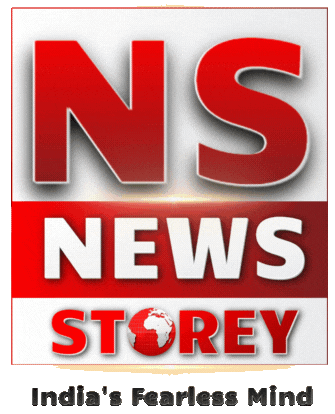A Controversial Move That Shook U.S. Tech and Beyond
U.S. President Donald Trump stunned global businesses and skilled workers this weekend by announcing a $100,000 fee on H-1B visas, the skilled worker permits that power much of America’s technology sector. The abrupt measure sparked panic among immigrants, especially those working in Silicon Valley, who feared the steep costs would limit renewals and complicate travel.
Within hours, U.S. firms began advising their foreign employees against leaving the country due to concerns about re-entry. Facing backlash, the White House clarified that the new fee applies only to fresh visa applications and is a one-time measure. Still, the announcement has rattled markets and raised alarms about long-term economic implications.
How the Policy Could Hurt the U.S. Economy
Economists caution that the new visa cost could damage U.S. competitiveness more than it hinders immigrants. Technology companies such as Amazon, Google, Microsoft, Apple, and Meta depend heavily on foreign engineers, scientists, and coders. Limiting access to this talent pool, experts say, could stifle innovation and productivity.
Atakan Bakiskan, an economist at investment bank Berenberg, called the move an example of “anti-growth policymaking.” He emphasized that restricting high-skilled immigration could result in a “brain drain” that undermines productivity across key sectors. Berenberg has already revised its U.S. economic growth forecast downward from 2 percent to 1.5 percent this year, and Bakiskan warned that even that may be overly optimistic if the administration continues down this path.
“Investments in artificial intelligence cannot offset the human capital lost under restrictive immigration policies,” Bakiskan said, underlining the limits of technology to replace skilled labor.
Beyond Big Tech: Healthcare and Education Also at Risk
While large technology firms may absorb the additional cost, analysts note that other industries are more vulnerable. Kathleen Brooks, research director at broker XTB, highlighted that healthcare and education also rely heavily on H-1B workers.
With nearly 6 percent of U.S. doctors being of Indian origin, a sharp decline in visas could deepen existing shortages in medical services. Universities and research institutions, which already struggle with budget constraints, may also find it harder to sponsor international talent.
India’s Dominance in the H-1B Visa Program
Indian professionals are at the center of this debate, as they account for more than 70 percent of H-1B recipients. Over the past two decades, Indian talent has risen to the top of American corporate life, with Indian-origin executives now leading major firms like Google, Microsoft, and IBM.
The decision therefore impacts not just workers but the broader ties between the U.S. and India’s knowledge economies.
How India Could Absorb the Shock
While the initial announcement triggered concern within India’s $250 billion IT sector, industry insiders believe the long-term impact will be greater on the U.S. than on India. The National Association of Software and Service Companies (NASSCOM) has warned that visa cost hikes could “disrupt business continuity” in U.S.-based projects, leading to repricing or delays.
However, Indian outsourcing firms such as Infosys, Wipro, and Tata Consultancy Services have been preparing for tighter U.S. visa rules by ramping up local hiring within the U.S. and expanding offshore delivery centers in India. Aditya Narayan Mishra, CEO of staffing firm CIEL HR, explained that many Indian firms are likely to pass on the extra costs to U.S. clients.
“With employers reluctant to commit to such heavy sponsorship costs, companies will increasingly depend on remote contracting, gig workers, and offshore delivery,” Mishra said. This shift could make India a bigger hub for remote IT operations, ultimately strengthening its position in the global services market.
Broader Implications for Global Talent Flows
Experts suggest that Trump’s visa fee strategy could backfire by pushing skilled immigrants toward other destinations such as Canada, Australia, or the European Union, all of which have made attracting talent a priority. Such a redirection could weaken the U.S.’s long-standing dominance as a magnet for global skills and innovation.
In the short term, the policy may deliver a political win among Trump’s base, but economists argue the economic costs will be far more enduring. The U.S. risks undermining its innovation ecosystem at a time when competition in artificial intelligence, biotechnology, and green energy is heating up worldwide.
Conclusion
Trump’s $100,000 H-1B visa fee has unleashed uncertainty across industries, sowing doubt about the U.S.’s openness to global talent. While India may adapt through offshore growth and diversification, the U.S. faces the bigger challenge—retaining its edge as the world’s innovation hub.







